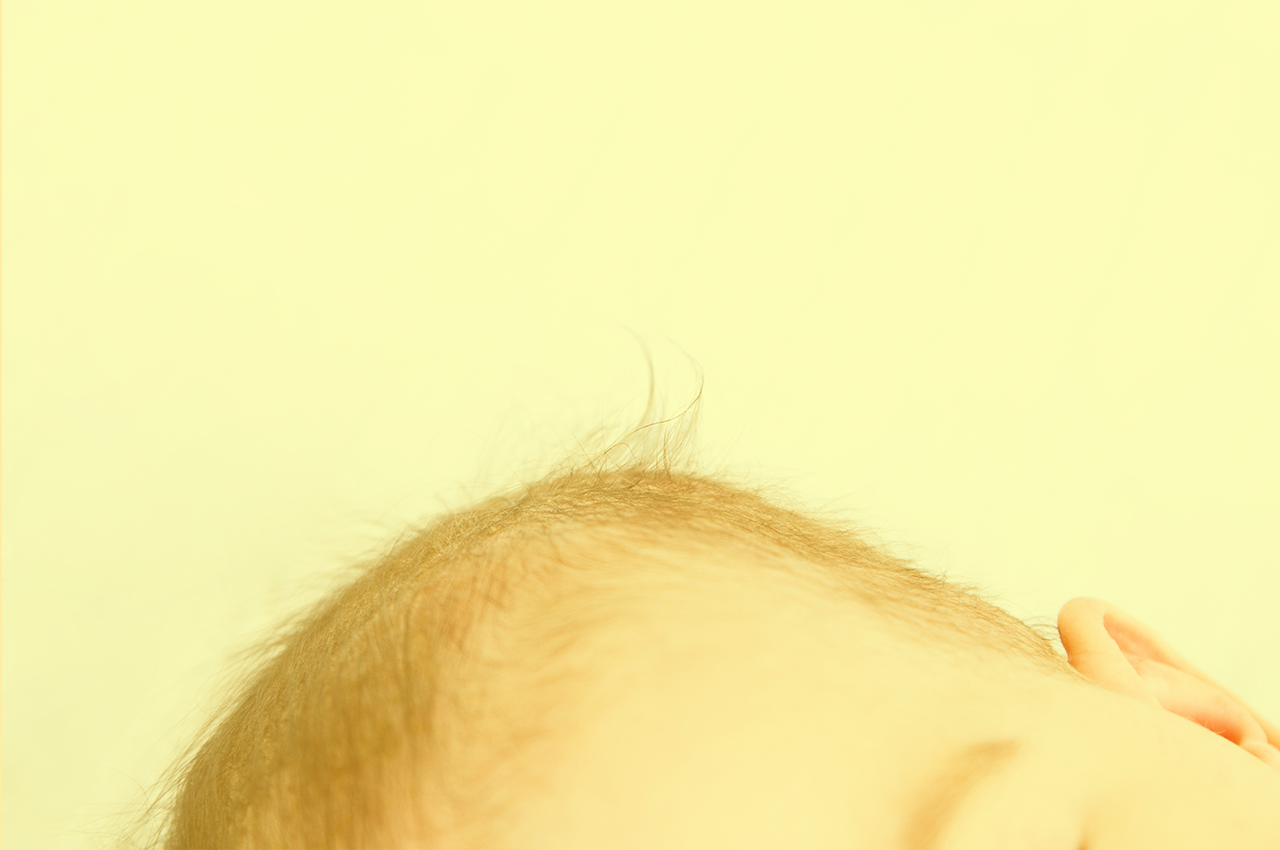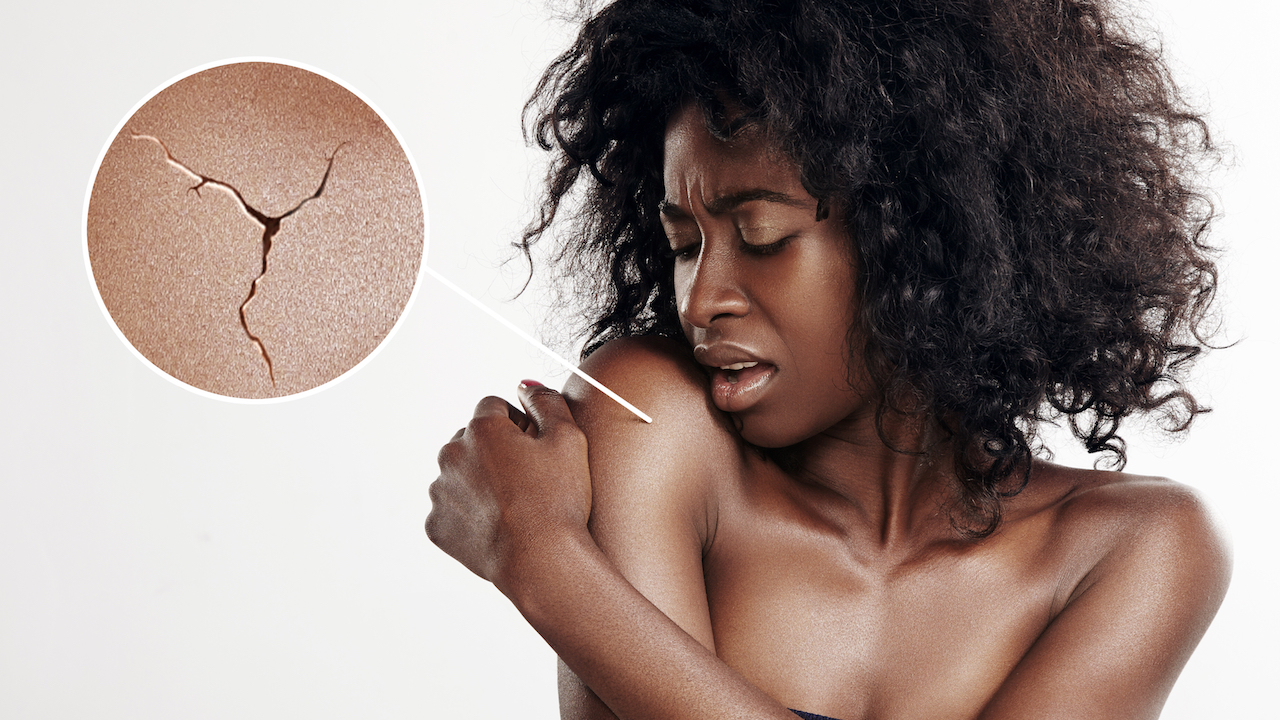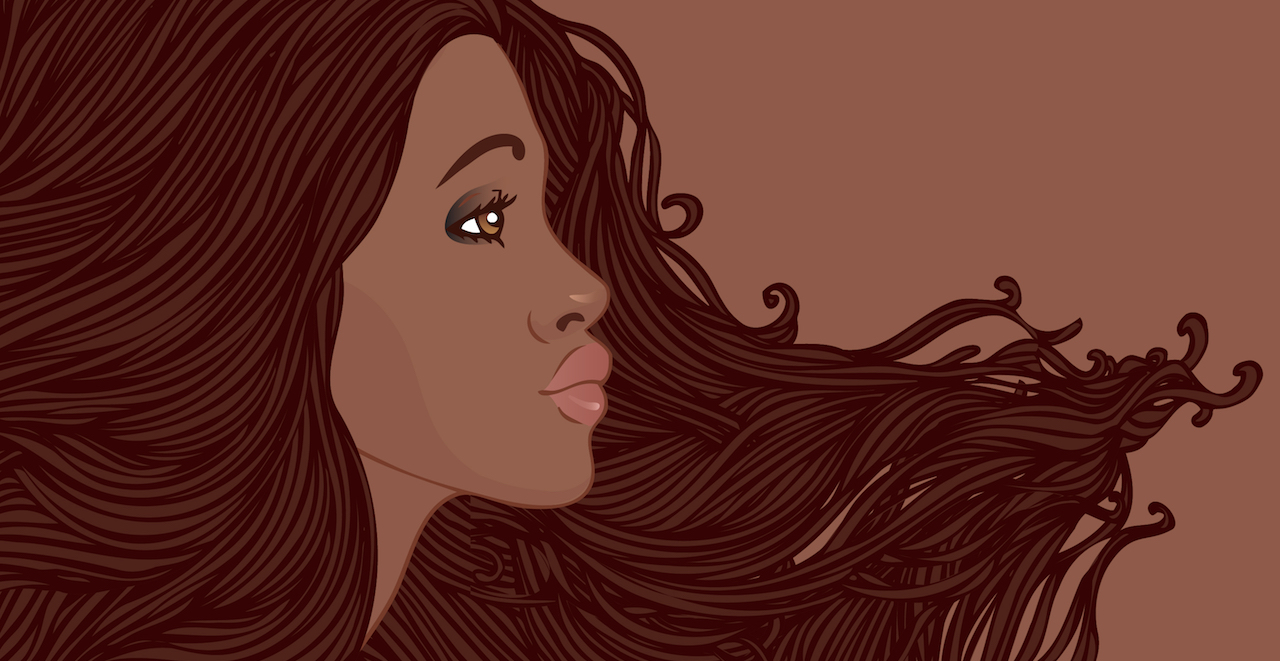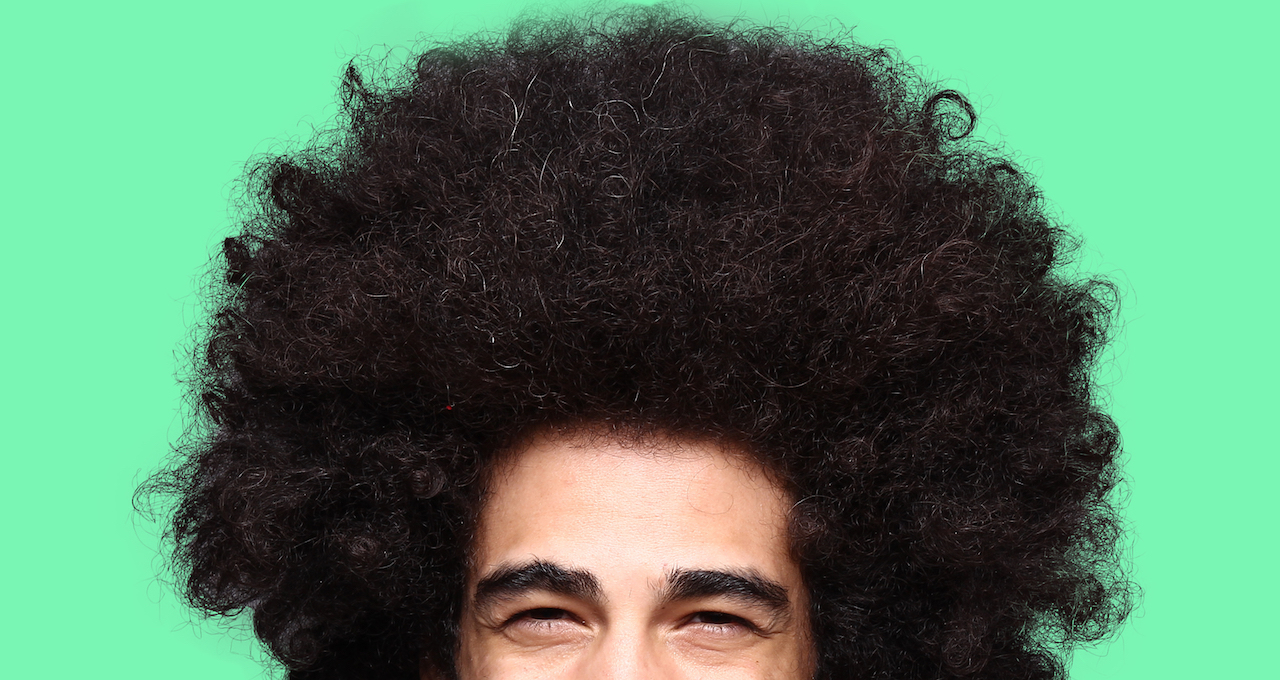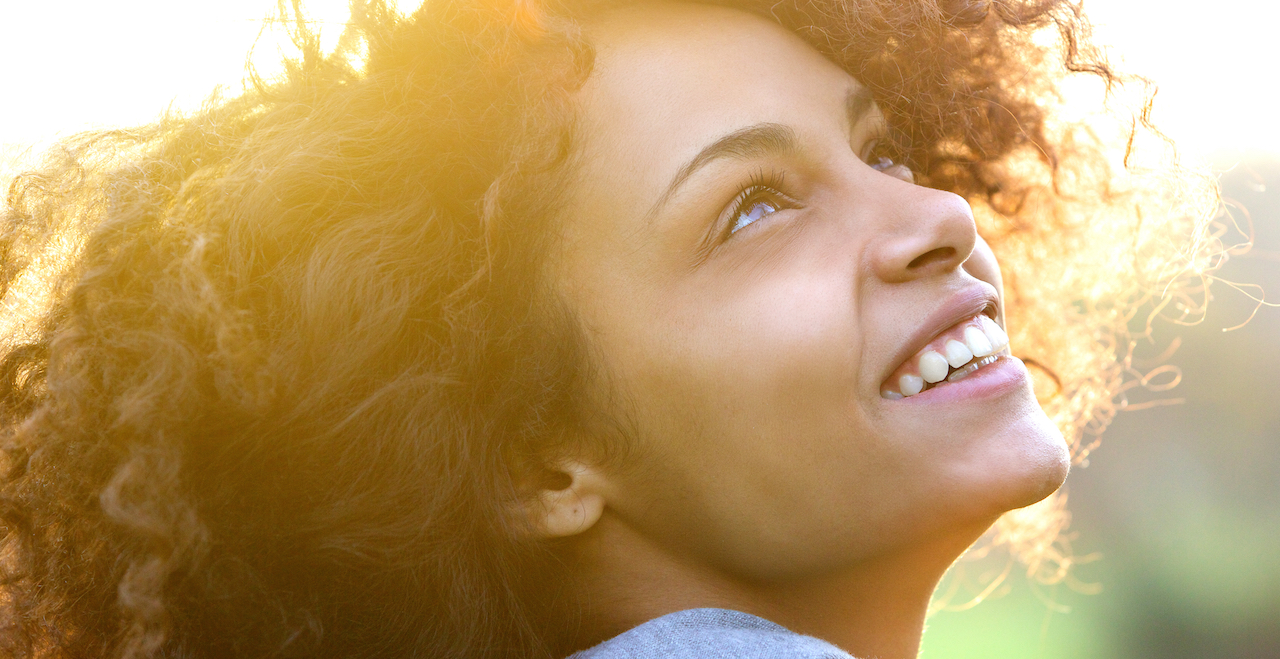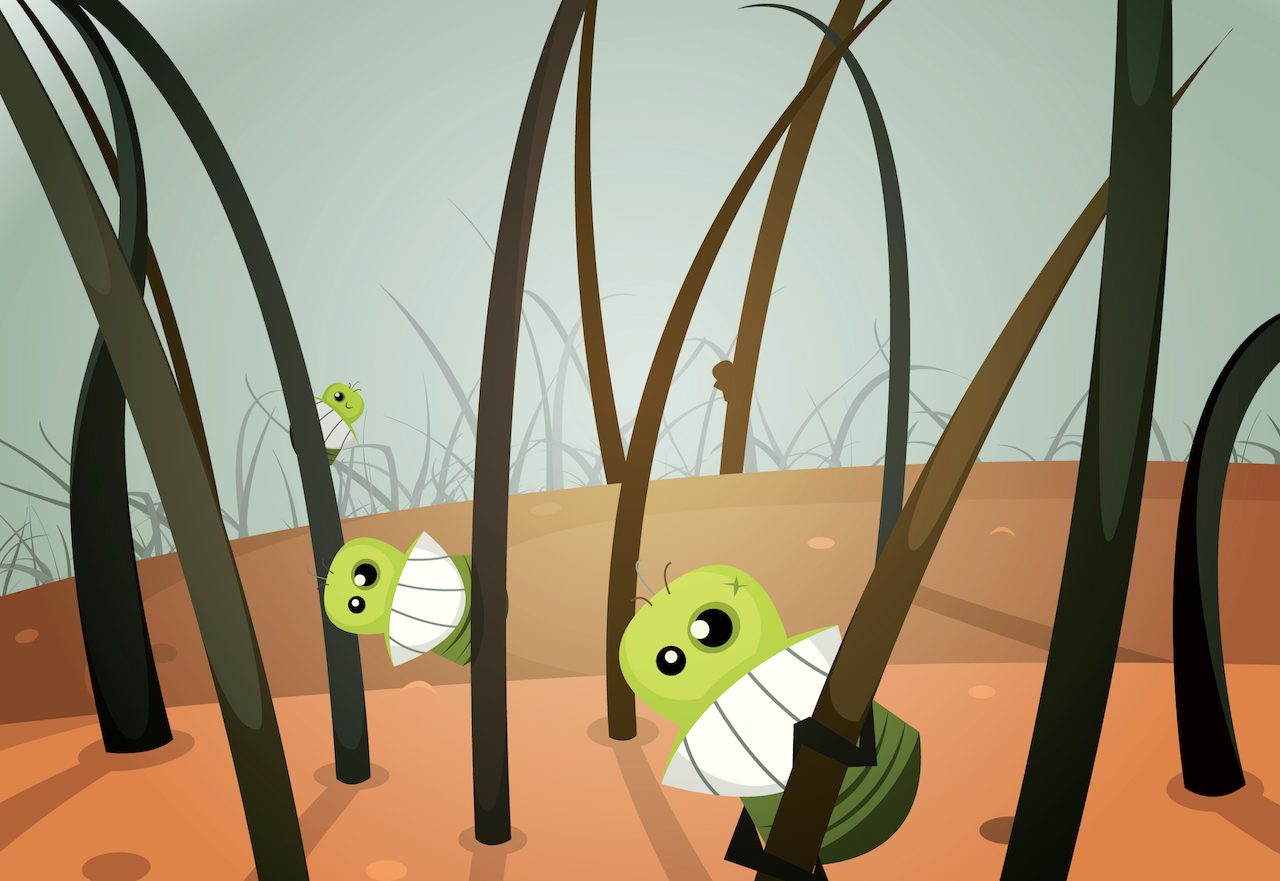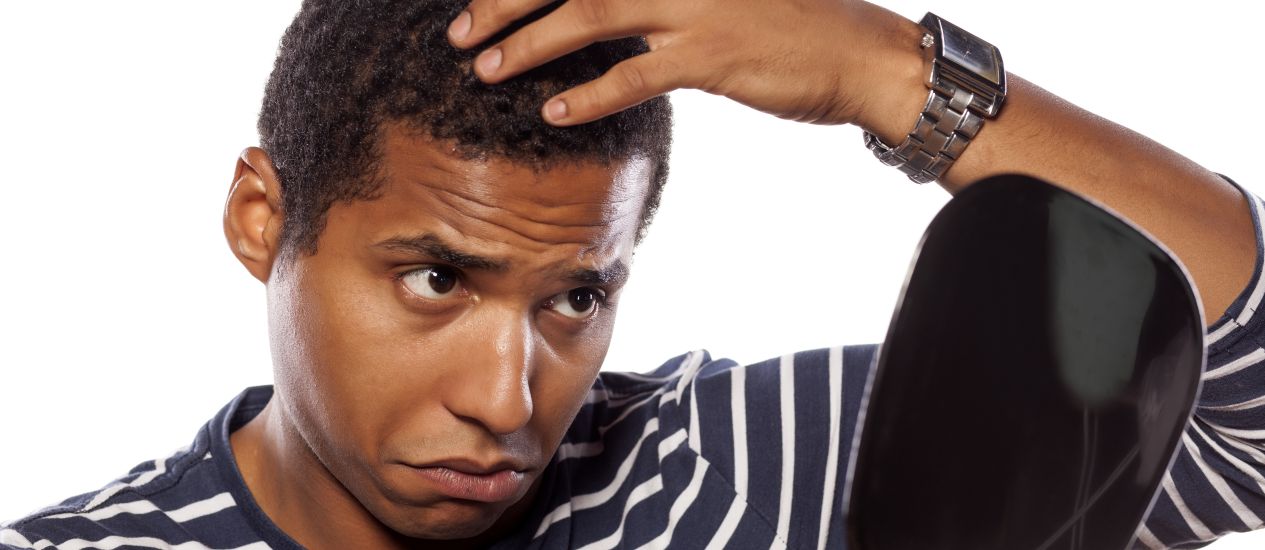Are there flaky or scaly patches on your baby’s head? While dandruff may be somewhat rare in babies, cradle cap isn’t. There may be yellowish or brown scales forming on your baby’s head. Your baby may also have oily and thick crusty patches on the scalp.
Cradle cap is a common baby rash that starts at around 3 weeks of age, and affects up to 70% of infants. Bedsides the scalp, it can sometimes also be found behind the baby’s ears, eyebrows, forehead, and even on the upper torso. The good news is that it isn’t harmful to the baby, or a sign of bad hygiene, nor is it contagious.
What causes cradle cap?
When the scalp makes too much oil, it traps the skin flakes and prevents them from naturally shedding, leading to those yellowy scales.
The cause of cradle cap in babies is unknown, but dermatologists believe the mother’s hormones are likely to play a role. This is because hormones can be passed to a baby through the placenta before birth or through breast milk when the baby feeds.
Another possibility is that oil glands are more active in babies because their own hormone levels are high during the first year of life.
The presence of a type of yeast called Malassezia, which is normally found on the skin, is produced by oil glands, and this may also be a factor.
Most mild to moderate cases of cradle cap aren’t itchy or painful. Severe cases can be. In most severe cases, your baby could lose some of their hair with cradle cap. But even in those rare instances, any hair that your baby loses will grow back after the rash has cleared.
Treat the oily skin
Shampoo regularly
Shampooing your baby’s scalp daily can help treat and prevent cradle cap. Use a gentle baby shampoo without fragrances to help prevent skin sensitivities.
Apply oil
Baby, coconut or mineral oil can help soften the scales on your baby’s skin. Apply a very small amount; just a few drops and massage it directly into the scales.
Brush your baby’s scalp
To help remove scale build-up, gently brush or massage your baby’s scalp with a baby brush or comb. Avoid scratching or picking at the scales as it can worsen the condition.
If all else fails, see a doctor
Cradle cap is often mistaken for another dry skin condition, eczema. While eczema can be itchy and irritating, parents may be unaware that their baby has cradle cap. If your baby’s skin becomes red and inflamed or if your child has a fever, you’ll have to take your little one to a doctor. Cradle cap shouldn’t bleed easily or be extremely itchy, and your baby shouldn’t be unwell from the condition either.
If symptoms persist and there seems to be no improvement with treatment, see a doctor.

